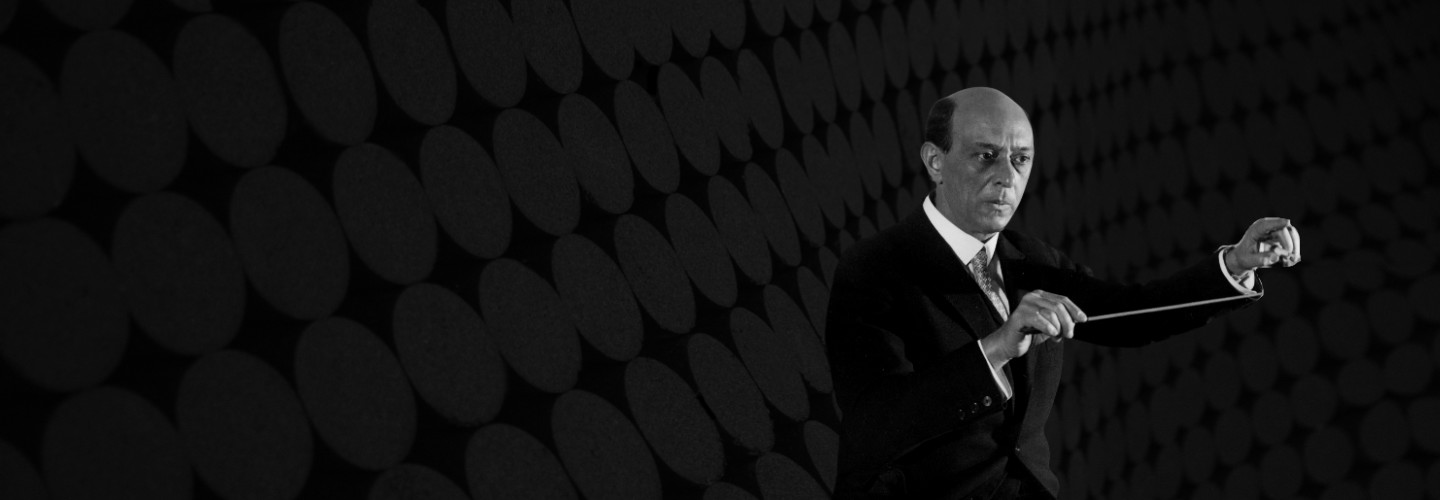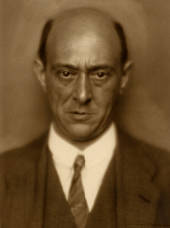

Arnold Schönberg
Pierrot lunaire
Short instrumentation: 3 3 3 3 - 4 3 3 1 - timp, perc, hp, cel, cemb, str
Duration: 40'
Bearbeitung: Faradsch Karaew
Solos:
Sprecher (Frauenstimme)
Instrumentation details:
1st flute
2nd flute
3rd flute (+picc)
1st oboe
2nd oboe
3rd oboe (+c.a)
1st clarinet in Bb (+cl(A))
2nd clarinet in Bb (+cl(Eb))
3rd clarinet in Bb (+bass cl(Bb))
1st bassoon
2nd bassoon
3rd bassoon (+cbsn)
1st horn in F
2nd horn in F
3rd horn in F
4th horn in F
1st trumpet in Bb
2nd trumpet in Bb
3rd trumpet in Bb
1st trombone
2nd trombone
3rd trombone
tuba
timpani
percussion (Mba, Glsp, Cymb, snare drum, bass drum)
harp
celesta
harpsichord
violin I
violin II
viola
violoncello
double bass
Schönberg - Pierrot lunaire for speaker and orchestra
Translation, reprints and more

Arnold Schönberg
Pierrot lunaireOrchestration: für eine Sprechstimme und Orchester
Type: Studienpartitur (Sonderanfertigung)
Sample pages
Work introduction
‘I confess: the occupation with scores of the Second Viennese School gives me a special pleasure. My experiences with the reduced versions of Schönberg's Erwartung and Berg's Violin Concerto for Ensemble have led me to deal with the reverse idea of enlargement. That's why I chose Pierrot lunaire.
My main goal was to achieve the sound of Schönberg's scores, so that listeners and performers do not think of an arrangement, but of another original version of this wonderful work.
For this purpose I left all instrumental solos in the respective instruments, also the chamber music gesture has been preserved as much as possible. Large tutti passages, as is usual in orchestral works, are rarely present. The spirit and character of the individual pieces should also be retained. To achieve this, I tried to use the orchestra as a gigantic chamber ensemble. The piano part of the original has migrated completely into the orchestra and has thus obtained sharper contours, with much more contrasting lines, and the chordal combinations are partly, differently illuminated. Even if the listener will find something new and different, Schönberg has remained Schönberg.
I started to work in the summer of 2016 and moved on from piece to piece, immersing myself even deeper into Schönberg's world.
The special text by Giraud/Hartleben was additional motivation for the work, as well as the key to deciphering the secrets of Schönberg, the ingenious master who has overtaken himself for decades.’
(Faradsch Karaew)
